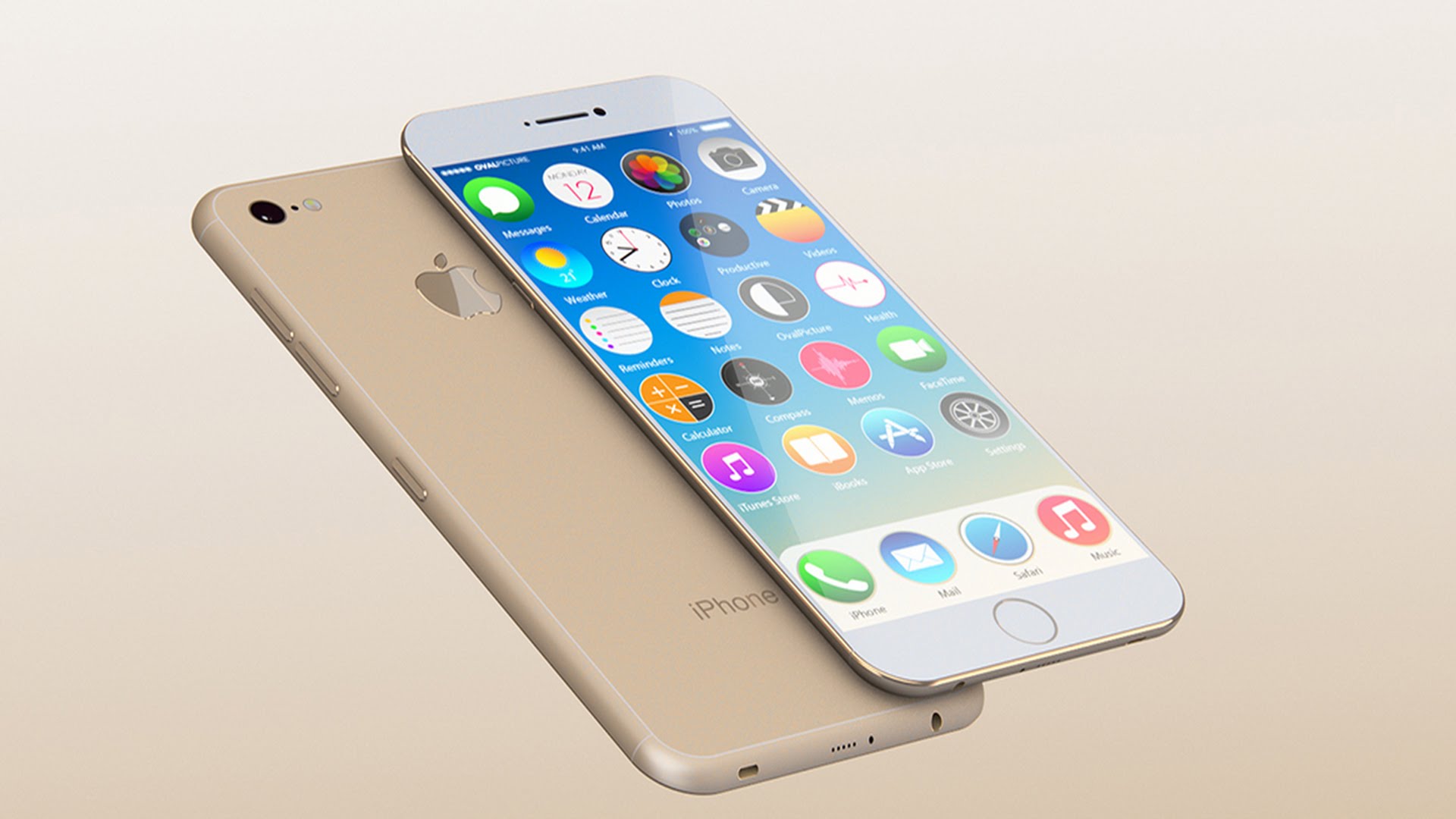As early as 1946, fictional gadgets like the Dick Tracy 2-Way Wrist Radio have been pushing the boundaries of our technological imagination, and inspiring future innovation into the some of today’s most recognizable gadgets. Could Chester Gould have predicted the smart watch when he first drew Dick Tracy’s walkie-talkie watch in the 40’s? Could William Hanna and Joseph Barbera have possibly believed that they would live to see a world where we all used Skype just as in the Jetsons? These things have come to pass, and each has been inspired or perhaps only coincidentally brought to life some of fictions greatest gadgets.
“Boys with Toys”
Perhaps no fictional universe has created more “I want one of those!” moments than James Bond. In the 1964 film ‘Goldfinger’ the ever-reliable Q gives James Bond an Aston Martin DB5 that has since become an icon for the franchise. This car was special however as it had a tracking system installed. While Q never quite explained exactly how it worked, it resembles a use of the modern Global Positioning System technology, now considered a standard almost. Most of us cannot imagine a world without the GPS capabilities on our phones.
In 1965, just one year after ‘Goldfinger’, the movie ‘Thunderball’ introduced another gadget that is almost boring today, but was unbelievable back then. Recall that James Bond had an underwater camera! This was groundbreaking, magic, and sorcery! Today? It’s called a GoPro. Cinema and television have always forced us to reach higher, dream bigger, and make the impossible a reality.
“Science has Stolen Most of Our Miracles”
Many will recall the 2002 Steven Spielberg sci-fi movie “Minority Report”, which involved a plethora of futuristic and invasive technologically which served as the film’s central plot point, and certainly commented whether directly or indirectly on the compromise between privacy and security. Some will remember as Tom Cruise’s character walks into a shopping center that special screens capture his face or retina and then show him targeted ads based upon his identity. This is not far from reality.
In 2011, Facebook was facing criticism in the EU for its database of its users faces and its use of facial recognition technology to suggest tags in pictures. The European Union, which often protects its citizen’s privacy more vigorously that in the United States, was concerned that this could escalate to using the recognition technology for other more profitable means. Effectively in 2012, Facebook agreed to cease this practice in Europe and delete all related data.
While concern can be had for the somewhat dystopian technologies described in famous literature realizing themselves in the modern day, more often than not inspiration of gadget advancement comes from our memories of tools that were just good fun. This infographic provides a great rundown on some of the wonderful fiction to reality toys and tools that we take for granted today. Electronic interfaces, transportation, and most of all communication have all been revolutionized time and time again, and their advancements are often reminiscent of our favorite fictional objects. From Star Trek to Stanley Kubrick, take a look at some of the most important fictional inspirations for real world devices.
Hilary Smith is an online business journalist and entrepreneur from Chicago, Illinois. In addition to being a huge tech enthusiast, she also enjoys covering business communications, social media marketing, and the process of globalization in her writing.























































































































































































